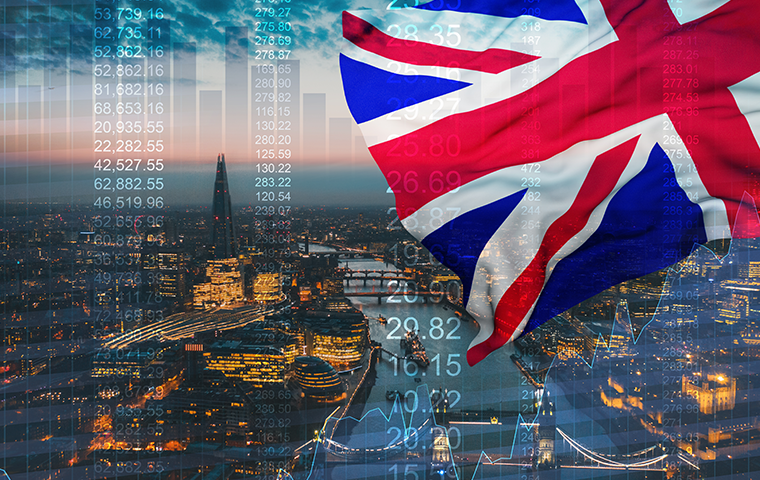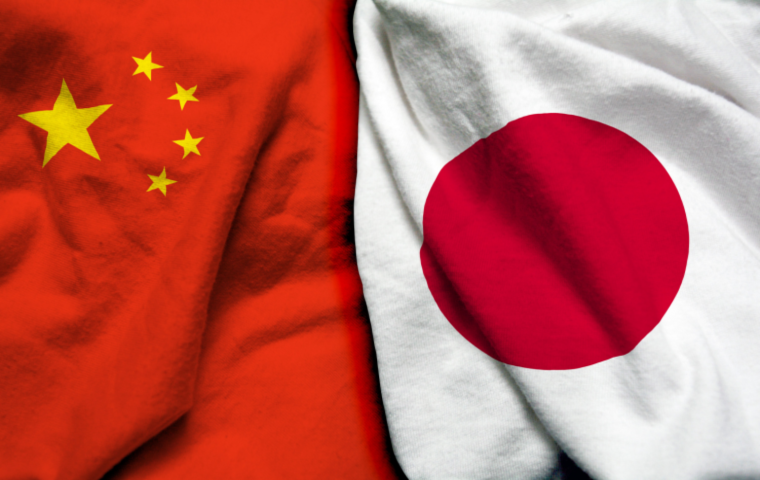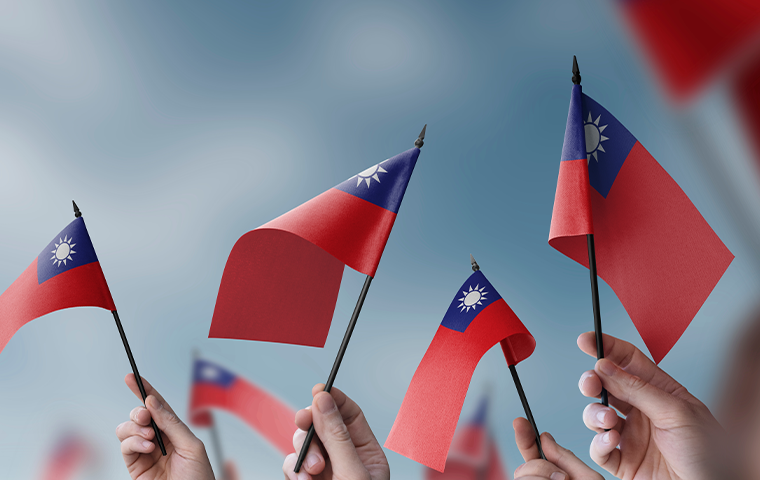Britain’s Strategic Move to Join the CPTTP Trade Pact
Related Articles

In March 2023, the 11 member countries of the Comprehensive and Progressive Agreement for Trans-Pacific Partnership (CPTPP) agreed to accept the U.K. as the 12th member.
Joining the most ambitious free trade agreement in global history has been hailed as a political victory for the U.K. For Prime Minister Rishi Sunak, who took office just six months earlier, joining the trade deal represents part of a broader British economic strategy offering a new direction for the country post-Brexit.
Yet the domestic response was lackluster, as public opinion demanded strengthening trade relations with the U.K.’s immediate neighbors first and foremost. The Asia-centric CPTPP was deemed insufficient to jump-start the British economy and attracted little attention beyond trade analysts as of April.
There is no doubt that the U.K. post-Brexit faces bleak economic realities, and public demands to amend trade relations with the EU before turning to Asia is only to be expected. According to the World Economic Outlook released in April by the International Monetary Fund (IMF), the U.K.’s growth rate is -0.3 percent, the lowest among the G7 nations. Moreover, while the CPTPP bloc represents 15 percent of global GDP, the U.K. is expected to benefit only 0.1 percent growth from the pact. In short, the CPTPP hardly makes up for the loss of tariff- and red tape-free market access the U.K. enjoyed as a member of the EU.
An economic uplift from the signing on to the CPTPP may be limited. Nevertheless, Britain has gained considerable diplomatic capital through the agreement as it has secured a new ground for demonstrating national power as a CPTPP member.
As the first European member of the CPTPP, the U.K. will effectively be projecting not only its own but also European views, on forming the Indo-Pacific order. Until now, Britain’s regional strategies have largely focused on security interests, such as the AUKUS trilateral pact with Australia and the U.S. By combining the CPTPP’s economic framework with its military alliances, the U.K. can achieve a more multilayered Indo-Pacific order. It would establish its status as the promoter of not only the Indo-Pacific strategy but also free and open international order. In other words, it is the first step for achieving the Global Britain vision.
Meanwhile, the other CPTPP member states now have higher expectations for the U.K., as they grapple with the challenge of how to move forward with both China and Taiwan applying to join the group.
Should they enter negotiations with China in the first place? And should they support Taiwan’s membership? Can they let Taiwan join before China? In other words, while the CPTPP is a trade agreement, it is also becoming a forum for discussing how far it can neutrally respond to the “one China” policy, to maintain order in the Indo-Pacific region. Also, since the U.S. is very unlikely to join in the near future, cooperation among Japan, the U.K., Australia, New Zealand, and Canada would be vital when discussing the membership of China and Taiwan within the CPTPP.

Relations between Japan and the U.K. have strengthened too as a result of Britain joining the CPTPP. In addition to a shared commitment to a free and open Indo-Pacific, Tokyo and London have established a bilateral CEPA in 2021. On the security side, meanwhile, Prime Minister Fumio Kishida visited London this January and signed a defense pact (Japan-U.K. Reciprocal Access Agreement). The long-term trusting relationship is expected to be further enhanced extensively.
For the U.K., the CPTPP goes beyond a mere trade agreement, offering a place for the economically challenged country to play an active role as a major power. As trust between nations is being challenged in maintaining order in the Indo-Pacific, we hope cooperation between the U.K. and Japan will be further enhanced through the CPTPP framework.
This is a translation of the Japanese article published in vol. 79 (May/Jun. 2023) of the Gaiko (Diplomacy) magazine.
Shihoko Goto is the Asia Program Director at the Wilson Center.




